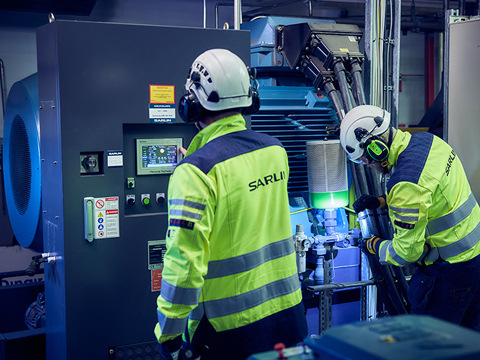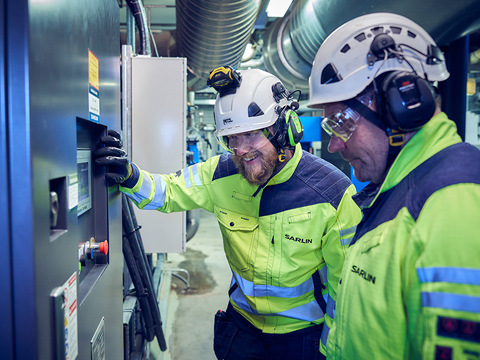Refrigerated drying is ubiquitous in Finland and abroad. It is suitable for every size of plant, big and small. Refrigerated dryers are cheap to purchase, maintain and use. Their technology is simple, and the quality of compressed air sufficient for many processes. The pressure dew point in refrigerated drying is more than +3 °C.
Adsorption dryers are a good choice for producing extremely dry compressed air. Adsorption technology can achieve a better dew point than refrigeration, but more energy is spent due to the need for regeneration. Adsorption drying can achieve a pressure dew point of -20, -40 or even -70 °C. With appropriate dew point control, drying can be more energy-efficient, but the chosen regeneration technology also greatly impacts energy consumption.
For example, the air-regenerated Parker MX adsorption dryers used in Sarlin compressed air solutions are rock solid, dead simple and competitively priced. On average, these models consume 10 per cent of the dryer’s air capacity for regeneration (up to 20 per cent at the start of the regeneration cycle) – an important consideration for dimensioning compressors.






